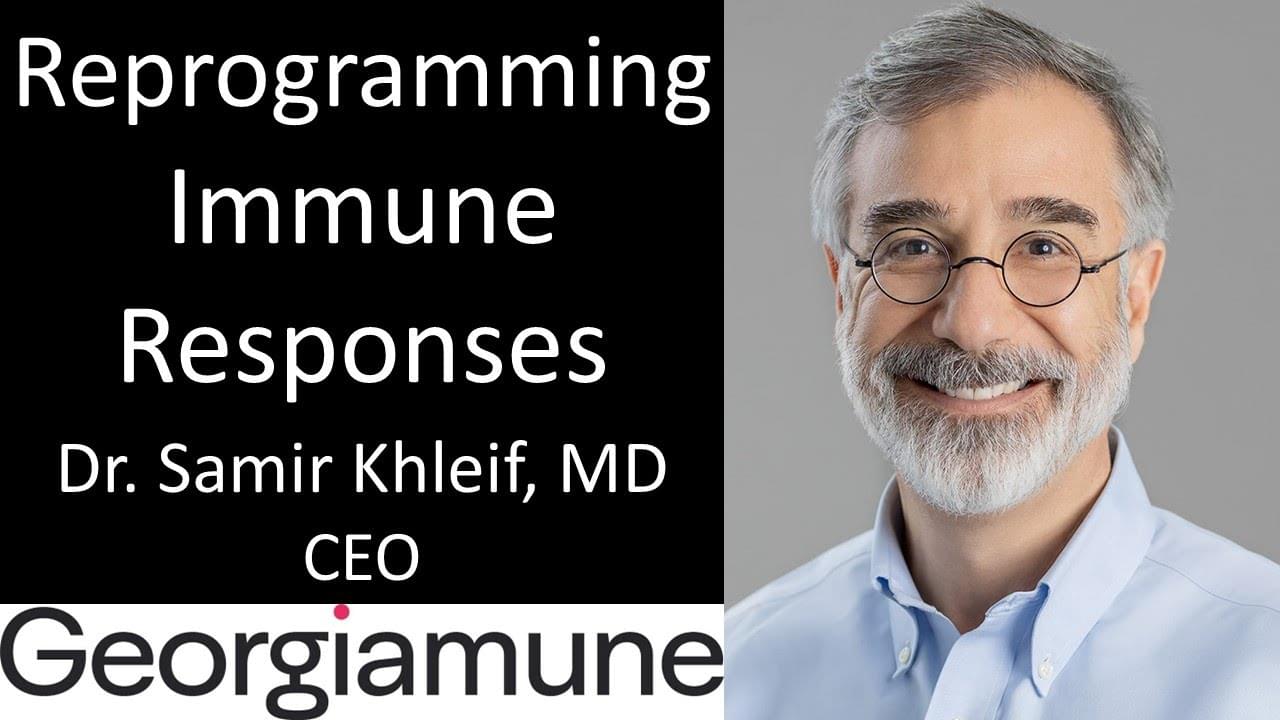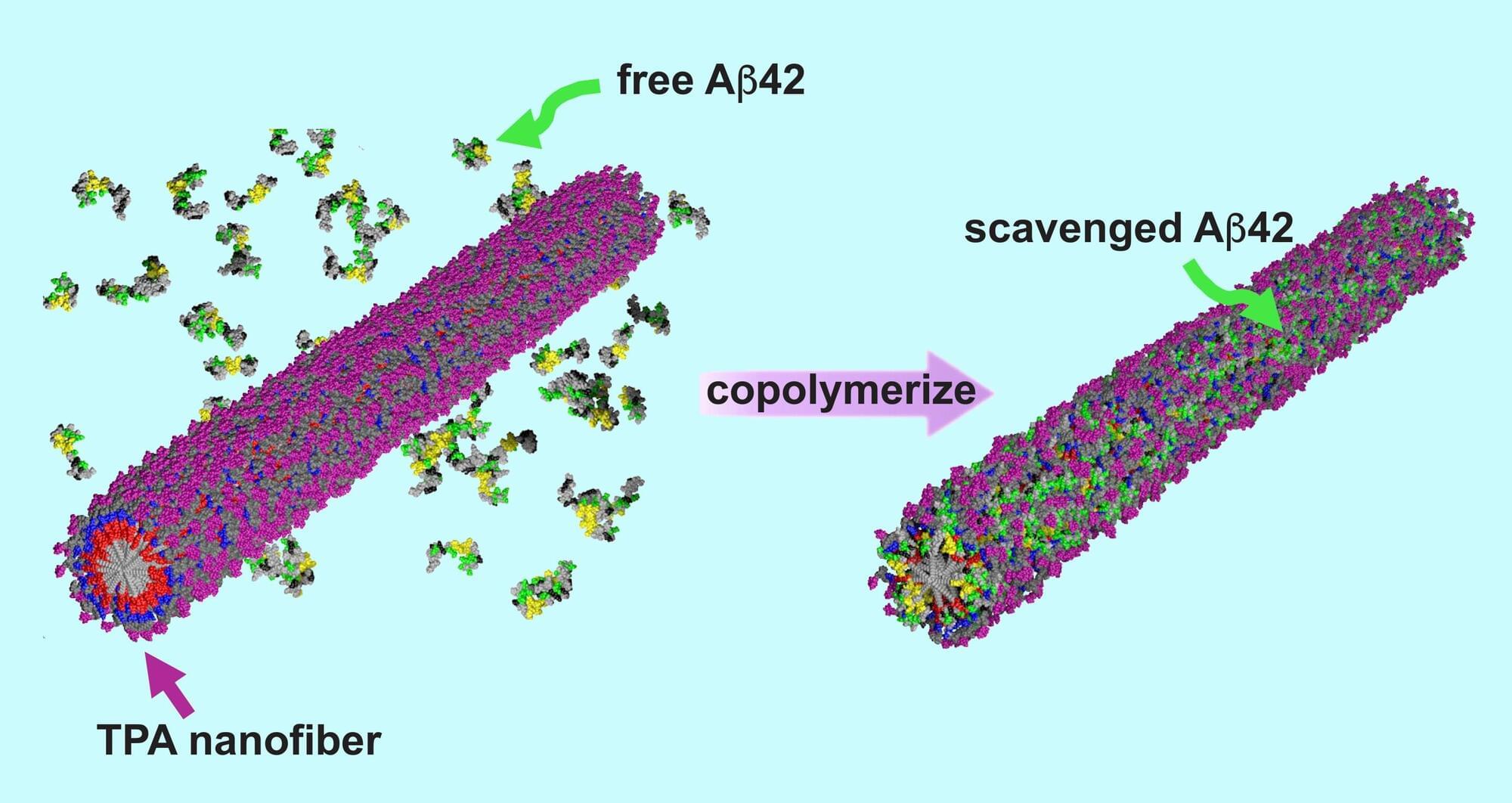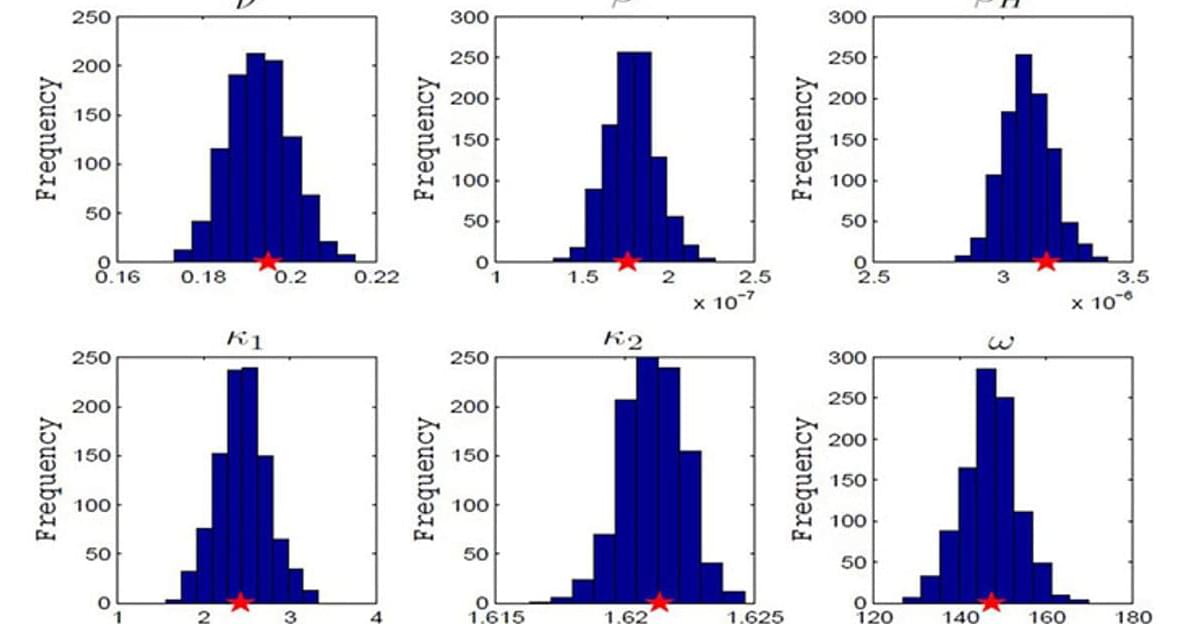A new study suggests life may compute far faster — and deeper — than we ever imagined.
The material has 50% more tensile strength than steel with a strength-to-weight ratio that’s ten-times better.
Ava Community Energy just rolled out a new program in California that pays EV and plug-in hybrid drivers for charging their cars when electricity on the grid is cleaner and cheaper.
The new Ava SmartHome Charging program, launched in partnership with home energy analytics platform Optiwatt, offers up to $100 in incentives in the first year. And because the program helps shift home charging to lower-cost hours, Ava says drivers could save around $140 a year on their energy bills.
EV and PHEV owners who are Ava customers can download the Optiwatt app for free, connect their vehicle, and let the app handle the rest. The app uses an algorithm to automatically schedule charging when demand is low and more renewable energy is available, typically overnight or during off-peak hours.
While some quantum computing companies push to demonstrate near-term commercial value, Rigetti Computing is taking a different approach. The company has identified specific technical milestones it said must be achieved before quantum systems can deliver meaningful business results, including 99.9% fidelity, 20-nanosecond gate speeds and real-time error correction.
In an interview we conducted at The Economist Commercializing Quantum event, Rigetti CEO Subodh Kulkarni outlined how the company’s novel chiplet-based architecture could help scale systems to 10,000 qubits, while also revealing an intriguing potential role for quantum computing in advancing artificial general intelligence.
Enter Quantum: What’s your take on the debate between return on investment versus technical capability in quantum computing?
Dr. Samir Khleif, MD is CEO of Georgiamune ( https://www.georgiamune.com/team ), a private, science and discovery clinical stage immunotherapeutic biotechnol…
The phenomenon of biological ultraweak photon emission (UPE), that is, extremely low-intensity emission (10 − 103 photons/cm2/sec) in the spectral range of 200 − 1,000 nm, has been observed in all living systems that have been examined. Here we report experiments that exemplify the ability of novel imaging systems to detect variations in UPE for a set of physiologically important scenarios. We use EMCCD and CCD cameras to capture single visible-wavelength photons with low noise and quantum efficiencies higher than 90%. Our investigation reveals significant contrast between the UPE from live vs. dead mice. In plants we observed that an increase in temperature and injuries both caused an increase in UPE intensity. Moreover, chemical treatments modified the UPE emission characteristics of plants, particularly the application of an anesthetic (benzocaine) to injury, which showed the highest emission among the compounds tested. As a result, UPE imaging provides the possibility of non-invasive label-free imaging of vitality in animals and the responses of plants to stress.
The authors have declared no competing interest.
Join us on Patreon! https://www.patreon.com/MichaelLustgartenPhD
Discount Links/Affiliates:
Blood testing (where I get the majority of my labs): https://www.ultalabtests.com/partners/michaellustgarten.
At-Home Metabolomics: https://www.iollo.com?ref=michael-lustgarten.
Use Code: CONQUERAGING At Checkout.
Clearly Filtered Water Filter: https://get.aspr.app/SHoPY
Epigenetic, Telomere Testing: https://trudiagnostic.com/?irclickid=U-s3Ii2r7xyIU-LSYLyQdQ6…M0&irgwc=1
Use Code: CONQUERAGING
NAD+ Quantification: https://www.jinfiniti.com/intracellular-nad-test/
A scientist from Tokyo Metropolitan University has solved the longstanding problem of a “dissonance” in gravitational waves emitted by a black hole.
Using high precision computing and a new theoretical physics framework, it was discovered that it was caused by a resonance between a pair of distinctive “modes” i.e. different ways in which a black hole can “ring.” The phenomenon offers new insights into the nascent field of black hole spectroscopy.
The research is published in the journal Physical Review Letters.
Scientists at Northwestern University have developed a new approach that directly combats the progression of neurodegenerative diseases like Alzheimer’s disease and amyotrophic lateral sclerosis (ALS).
In these devastating illnesses, proteins misfold and clump together around brain cells, which ultimately leads to cell death. The innovative new treatment effectively traps the proteins before they can aggregate into the toxic structures capable of penetrating neurons. The trapped proteins then harmlessly degrade in the body.
The “clean-up” strategy significantly boosted the survival of lab-grown human neurons under stress from disease-causing proteins.
Omar Saucedo explored the spread of avian influenza from birds to humans and from humans to other humans at DS25.









